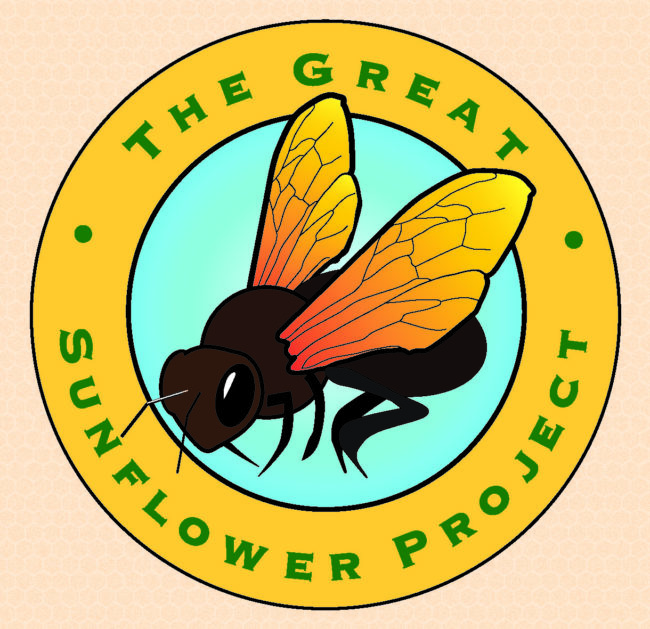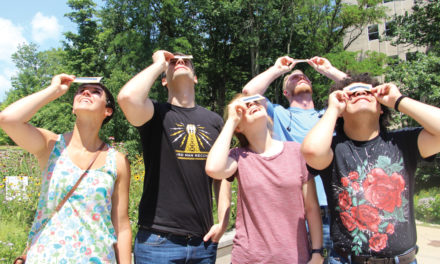
by SUSAN M. BRACKNEY
From the burrowing mayfly to the rusty patched bumble bee, we’re losing a head-spinning number of invertebrates. Thanks to shrinking natural habitats and our dependence on agricultural chemicals—particularly neonicotinoid pesticides— we’re living through what some have dubbed an “insect apocalypse.”
And, while they might not be as charismatic—or as visible—as their vertebrate counterparts, they’re every bit as important. Even more troubling? If we don’t act swiftly, we may lose some species before we’ve even had the chance to identify them and fully appreciate their ecological contributions.
As one of the oldest and largest citizen science initiatives around, the Great Sunflower Project is potentially well positioned to help us get a handle on at least some of these losses. It’s also one of the easiest projects to join.

How It Works
Although you don’t need a huge garden or an especially green thumb to participate, you will need a few Lemon Queen Sunflower seeds. This pollen-rich variety is simple to start and can grow in a five-gallon bucket if need be. (However, whether you start your plants early indoors or direct sow them outside, you may want to protect them with deer netting, so that you—and visiting pollinators—will actually have some sunflowers to enjoy.)
You’ll also need to register with the Great Sunflower Project online, so that you can report your data over the coming months. Just what information will you submit? You’ll start with the date, time of day, and your location. Then, for at least five minutes, you’ll watch a specific set of flowers on your Lemon Queen plant to monitor the number of pollinator visits these flowers receive. (Don’t see any visitors? This, too, is extremely important data that you’ll report online.)
Project leaders would like you to enter observations at least a few times in all—but the more often you can report in, the better. Ideally, you also should identify the types of pollinators you’ve seen, if you’re able to do so with confidence. To help you learn who’s who, the Great Sunflower Project website offers participants free, downloadable bee genera identification cards and a bee observer booklet, among other resources.
Extra Ways to Help
Even if you don’t grow Lemon Queens, there are several new ways to provide data to the Great Sunflower Project. For instance, they’ve added the ability to include other plant types on observation reports. Besides traditional stationary observations, you can also submit many new types of pollinator visit counts.
Some of these include “incidental sightings”—casual observations occurring during your day-to-day activities—and “traveling counts.” These are observations you might make during a walk along the B-Line Trail or through your favorite park.
For details, visit greatsunflower.org





